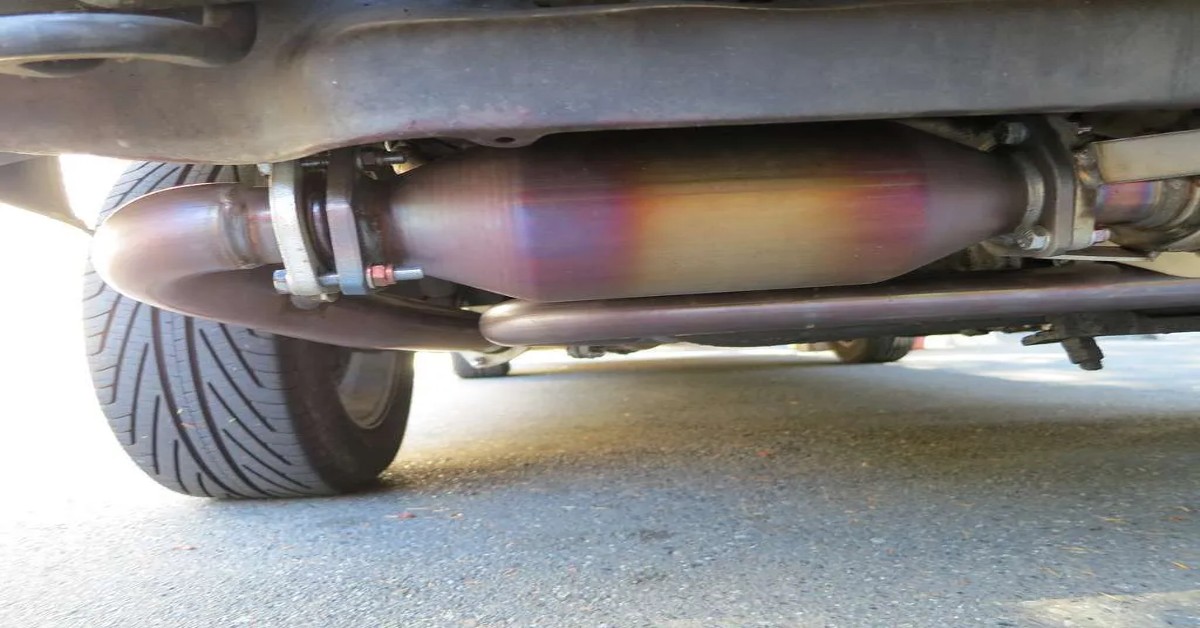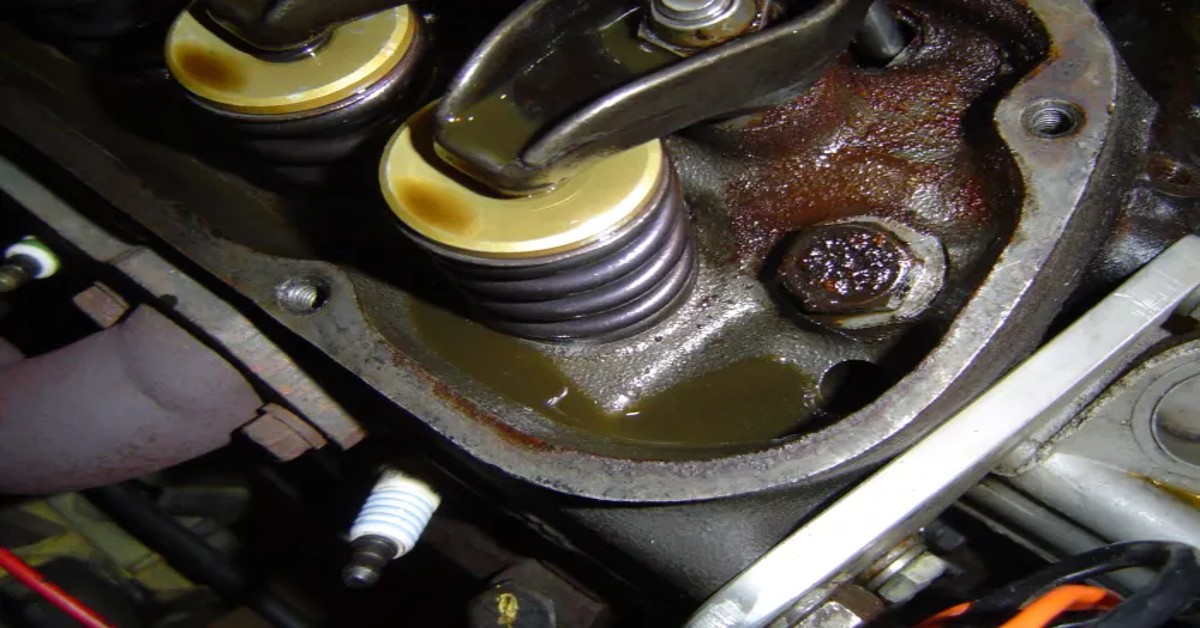While colors shouldn’t be your only guide for assessing the health of your engine oil, looking for slight changes that go on inside the sump can provide distinctive clues about certain important aspects of the engine.
Examining a change in engine oil color is generally a good practice as it can reveal a number of issues within, including certain fluid leaks as well as the overall health of the engine. However, most drivers aren’t even aware of the different engine oil colors much less knowing what it means.
So to help you stay on point with your maintenance, in this feature, we’ll discuss all the colors of engine oil and the color your engine oil should be.
And if you aren’t familiar with what dark, milky, black, or any of those colors mean for your motor oil, don’t worry we’ll help you decipher what each color means, assess your oil change requirements like a pro, and more.

Table of Contents
Why Engine Oil Changes Color
As the engine oil gets older, it is natural for the fluid to change its color. Looking closely you’ll notice a progressive change from lighter to darker tones of the color. This modification occurs mainly due to heat.
Your vehicle’s engine is an extremely intricate component, harboring a number of components that move about close to each other, generating massive amounts of mechanical power.
In this labyrinth of mechanical complexities, the engine oil’s main function is to lubricate the moving parts and minimize friction, so each component performs optimally and the engine runs smoothly.
However, while the engine produces the energy to move the vehicle, it also releases by-products from the combustion process. These discharges combined with the long periods of heat cycles engine oil has to endure cause the color to darken over time,
from brown golden-dark golden-sludge black. The engine oil can also go beyond the dark tint of dark brown if the replacement needs are neglected too long or sludge accrues and mixes with the fluid.
Driving in such an engine oil color or going without an oil change for over 10,000 miles is not recommended and can potentially damage the engine.
Engine Oil Color Chart
The fresh and amber engine oil with a translucent glow you pour through the fill cap is destined to lose its richness and take dark tints as it is exposed and goes through the extreme heat cycles of 195F to 220F in the engine compartment.
This change in color is normal however when exactly this begins to happen cannot be determined and it is recommended to take a look at the engine oil once every month.
Engine oil colors can be classified as
- Amber-colored Engine Oil
- Slight Brown Colored Engine Oil
- Dark Brown Or Black Colored Engine Oil
- Milky White Textured Engine Oil
- Cream Colored Engine Oil
Amber Engine Oil
This is the color of engine oil is when you have it freshly replaced. Though the exact color of the oil will differ among brands, an amber, clear look is what separates a good engine oil from the dirty one.
Slight Brown Engine Oil
The next stage in the engine oil’s color change is a slight browning shade. It distinctively indicates the heat engine oil has gone through. After a couple of hundred miles, you can find your engine oil to be this color. However, this is not a cause of concern and is completely natural.
Dark Brown Or Black Engine Oil
True to its color, engine oil with a dark tone similar to that of tar is not good news at all and needs to be replaced immediately. You also need to look for the viscosity in the oil that has been heightened by dirt and dust.
The dark turn in color, the engine oil takes is typically due to sludge build-up, most probably from offroading and a lot of dirt exposure. So if you have recently exposed your vehicle to a good amount of dirt, considering or inspecting for an oil change is good practice.
Milky And Creamy Engine Oil
The milky texture with a white in the oil is mainly due to a coolant leak in the system. In such a situation you will also find your exhaust to puff out white smoke. A coolant top-up along with oil replacement is required as the engine oil has gone bad.
Creamy Texture With Froth In Engine Oil
Engine oil that has froth on top with a creamy texture surrounding it can be due to water contamination. If you have checked and found the rear puffs to be clear of any white smoke,
water exposure could be the next possible cause of contamination for the engine oil. Having the oil flushed and replaced is recommended as moisture can compromise the lubrication ability of the oil.
What Color Should Your Engine Oil Be
Different brands provide oils in slightly varying colors and each touts their engine oils as the best but what color is car oil supposed to be actually.
The healthy engine oil you need for optimum performance typically should be amber or at least close to yellow when you check it. New and clean engine oil is generally translucent with an amber glow while a darker color that is thick with contaminants indicates an old engine oil.
How To Check Engine Oil Color
Though the fluid has a long service span of more than 7000 miles, engine oil color checks should be conducted once every month to check for any abnormalities.
If haven’t checked your engine oil color or don’t even know where it’s located, don’t worry, we’ll walk you through it, it’s a cakewalk.
Firstly, let the engine cool down if you have just driven as the temperatures inside the chamber can get pretty high.
Next, pull out the dipstick, located near the engine itself.
Wipe the stick with a clean towel.
Place the dipstick back in the tube right to the bottom
Pull it out and assess the color of the liquid present on the stick. It’s that simple.
Can I Drive With A Bad Engine Oil Color
Operating a vehicle knowing you have bad engine oil is not recommended and you cannot drive the car for any distance without hurting the engine.
Driving with bad or contaminated oil is risking fatal damage to the engine as the lubrication provided will be rife with dirt and would do the opposite of what it is intended that is reducing friction between the moving components.
Certain particulates that the engine discharges along with moisture from coolant and water and the fuel dilution all will circle back to the heart of your car and wreak havoc on it.
Assessing the colors to find your oil change requirement is probably the easiest thing you can do to keep your engine running smoothly and maintaining a good fuel economy.
Observing and taking heed of the changes in engine oil color can not only help in determining the oil quality but can also prevent excessive strain on the engine as it allows for quick yet right decisions.
Conclusion
Having known the various colors of engine oil, when exactly should you have your engine oil replaced? In modern cars, the oil change interval is generally in the range of 7000-1000 miles but that isn’t to say that you shouldn’t look at the other telltale signs of replacement such as the color.
There are a number of things to keep in mind when checking the color of the oil as discussed above so when you notice the engine oil turning to a dark brown/black color even though it has not reached the end of its run,
you should not stick with the numbers on your manual as a sludge-compromised engine oil can prove detrimental to the health of your engine.
We hope, that now you are better equipped to tackle the changes in engine color however If you find your engine to be misbehaving or need any help in analyzing your fuel systems, your personal mechanics from VehicleCare are always at your service to help you obtain the ideal performance from your vehicle.
Also Read – Types Of Coolant – What’s The Right One For You?




